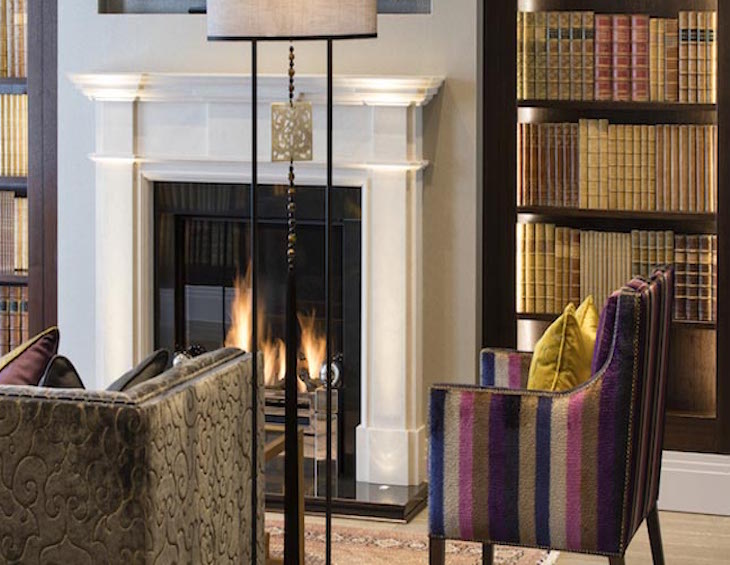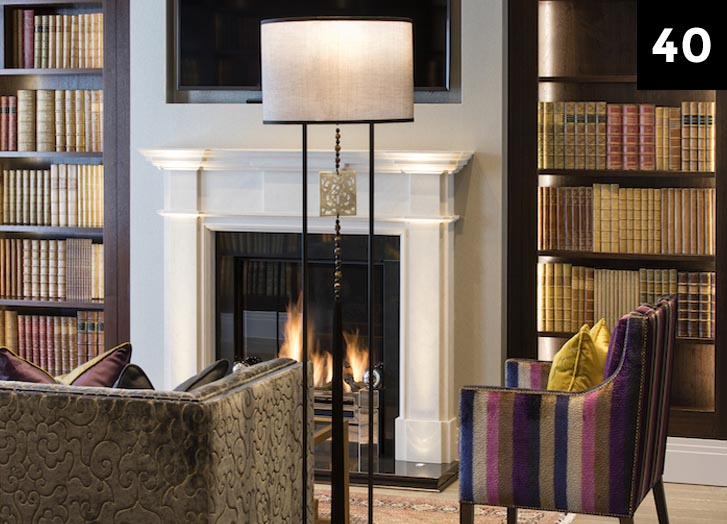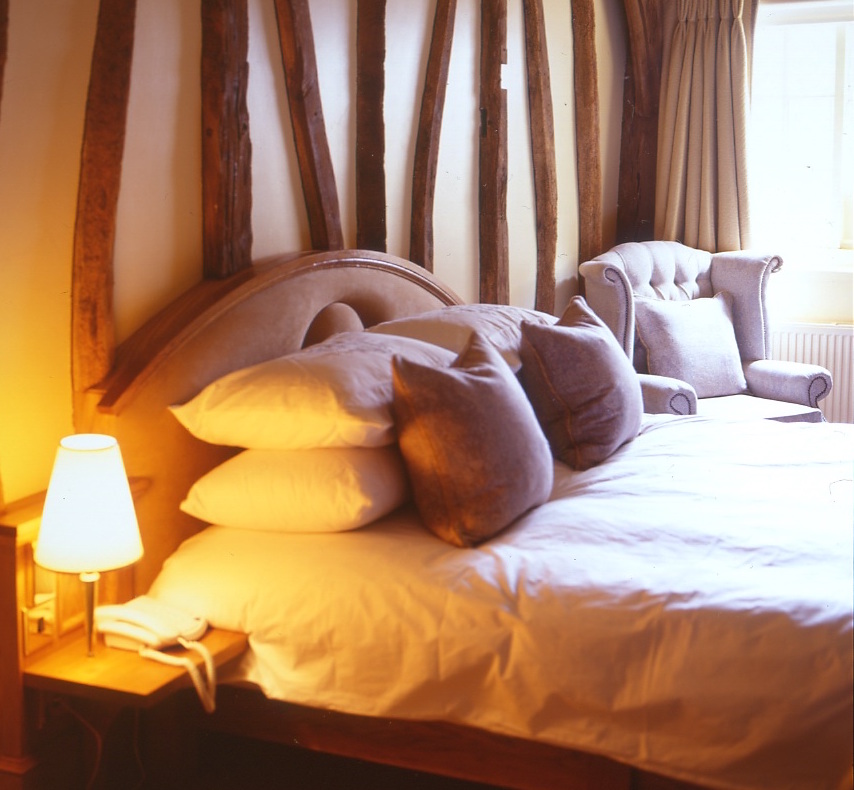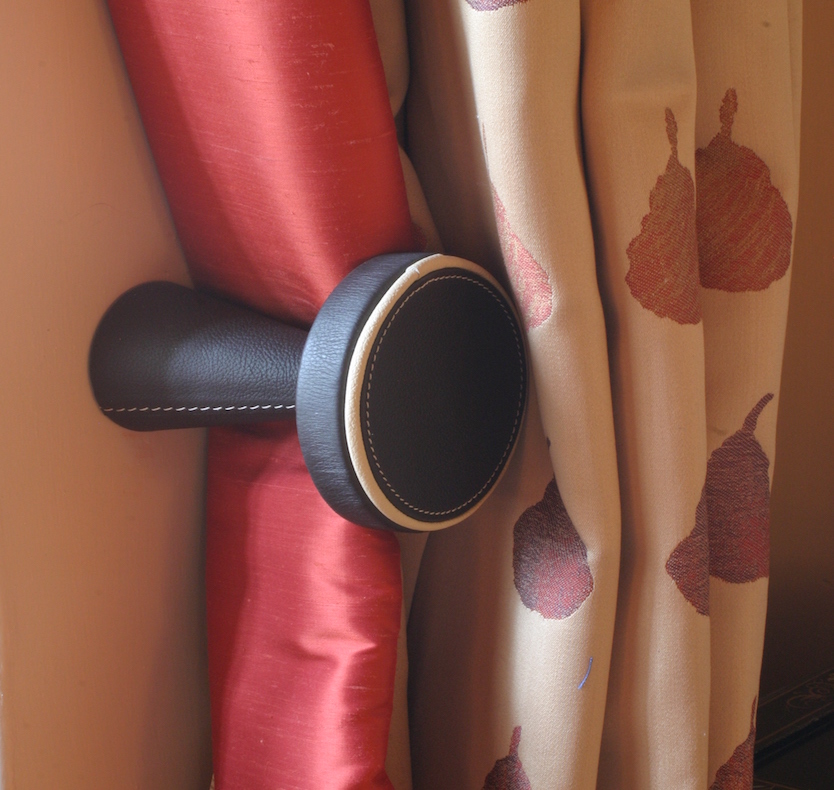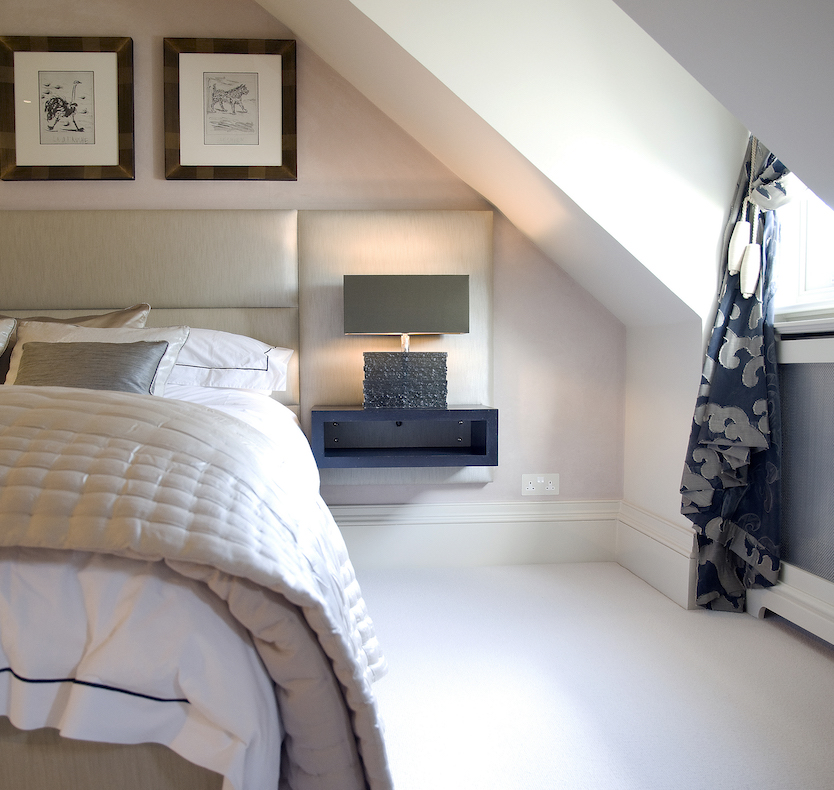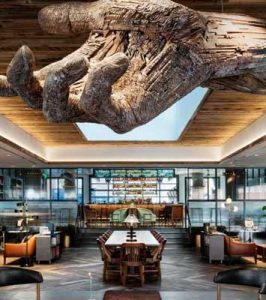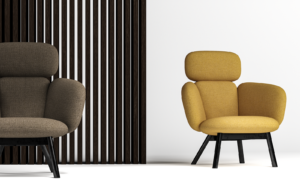GTHD
A GUIDE TO HOTEL DESIGN PT 40:
HOW TO DESIGN LUXURY ACCOMMODATION IN PUB HOTELS
Following a rise in smaller and boutique design projects emerging on the hotel design scene, interior designer Sarah Ward offers tips and tricks for designing bespoke luxury accommodation in pubs…
I’m sure I’m not the only one who is glad that pubs have transformed from dark smoky dens into welcoming meeting places for everyone – serving fantastic food, and often with a few luxury rooms to stay in, too.
For weekend mini-breaks, a pub hotel can offer the most characterful place to stay in a rural village. I’m thinking of somewhere where walks finish with a pint or a glass of good wine beside a roaring fire.
The appeal of a pub over a hotel is often friendliness. For single travellers they can be more tempting than a corporate-style hotel, even if it means a little extra travel. The likelihood is that a pub will attract locals as well as travellers, signalling a convivial atmosphere.
My top tips for designing luxury accommodation in pubs aren’t that different from what I’d suggest in a hotel. Sometimes the only distinction between the two is the atmosphere. What every pub needs is an element of cosiness and comfort. The best pub accommodation is warm, comfortable and homely with a dash of luxury: great toiletries, top-quality beds and bedding, some special wool-covered cushions, for example. As Coco Chanel said, ‘Luxury must be comfortable, otherwise it is not luxury.’ Pub accommodation should never be soulless and should always offer a hospitable atmosphere.
Here are a few key points for designing luxury accommodation in pub hotels.
Continuity– The style of the whole pub should be harmonious. Pub hotel design never works when it’s obvious that all the attention has gone into creating a cosy eating and drinking area, with the rooms clearly an afterthought with basic furniture, fixtures and linens. Both communal and sleeping areas need to feel part of a whole, with themes carried through. Though overly themed pubs are a no-no – you don’t want a too-often repeated fabric, for example. The design has to be subtle, with a similar colour palette throughout.

Image credit: Interiors by Sarah Ward
Family feel– Many pubs are traditionally family-run businesses. It’s the friendly atmosphere of being in a homely environment that should be brought to the fore when decorating a pub. And that should be created even if it isn’t family-run. For the rooms, this means adding a few individual touches. Pub accommodation shouldn’t all be identical. Interesting materials, cushions, rugs, and lamps come to mind, as well as the odd attractive ornament, or books on a bookshelf. But don’t go for a cluttered look: it’s too Marmite – some love it, many don’t, and it’s hard to get right. That’s where a good interior designer can really add value. We have contacts and connections all over the industry, and can source high-quality interesting bespoke pieces for projects, from artworks to armchairs. We can arrange things in the best way so that there’s still a feeling of space and flow in each area.
Original features– Lovely old pubs often have a wealth of original features, from fireplaces to wonky exposed beams and braces. Don’t cover these up. People want an authentic feel. It’s good to integrate some of the old features, referencing them in your theme. So, an old station pub should have pieces relevant to its original use – a station clock, perhaps, or artwork made from old timetables or posters. Again, a good interior designer will help make sure this works and isn’t kitsch. And for original features that you do want to cover – Victorian plumbing pipes, for example – then an interior design specialist will offer solutions, maybe boxing them in in a way that creates a storage solution.
- Image credit: Interiors by Sarah Ward
- Image credit: Interiors by Sarah Ward
- Image credit: Interiors by Sarah Ward
Bedding– Crisp sheets are a must. And go for comfortable beds that are as large as the room allows. I would recommend a selection of cushions and a choice of soft pillows, and maybe a luxury throw in a contrasting colour to add interest. If the pub doesn’t have a turn-down service as a hotel would, then make sure there’s somewhere for guests to stash bed cushions at night.
Storage– Storage can often be an issue in pub rooms, some of which can be small if you’re working with an old building. If you’re having to create somewhere for guests to place and hang clothes or coats, an interior designer will be able to design something that fits cleverly into a small space. This is better than just offering hooks with hangers.
Materials– Go as luxury and as cosy as your budget affords. I associate British pubs with winter cosiness and rural bliss, and therefore I’d use natural wools and a palette of colours that matches the great outdoors. These are warm earthy tones, against a fairly neutral base. I’d include a comfortable and stylish chair in an attractive material in a pub hotel room. I’d always use heavy curtains and make sure they black out all the light, too.
Sustainability– Make sure you’re offering good quality toiletries in recyclable materials. Also, the better the quality the better the sustainability with things like fabrics. Consumers are concerned about the planet, and you need to show in your offering (food and accommodation) that you are, too. Use local products from small producers if possible. This always adds a welcome touch to a room, and shows the owners have thought about what they’re doing. No-one wants little capsules of milk with their coffee, for example – so offering fresh in a pretty jug (or mini flask) is always better. Likewise, a packet of generic shortbread is boring, but a handmade biscuit is delicious and special. The same goes for a cushion, or a piece of art. According to a 2019 survey by Taxi2Airport, 76% of holidaymakers want hotels to do more to be greener. So, inform your guests about green credentials, whether that’s using eco-friendly cleaning materials or not using single-use plastics.
Bathrooms– Bathrooms don’t necessarily need to be totally luxe in a pub – but make sure the basics are covered: good lighting and mirrors, soft towels with somewhere to hang them, and a heated towel rail if possible. Everyone loves a roll-top bath, and pub-hotels suit them well, often with a Victorian-style feel. Local toiletries, as mentioned in the sustainability section, are always a good addition. Go for large, refillable luxury shampoos, conditioners and soaps. They hit the eco-button and there are lots of great ones available now. Even in a bathroom, bespoke pieces, such as mirrors, soap dishes and glasses to put your toothbrush in can make the difference between dull and stylish.
Noise– Noise can be a problem in pubs. Spend money on good insulation, glazing, and close-fitting doors to aid sound-proofing. If you have wooden floorboards, you need a large thick rug to muffle sound.
Welcome– As we all know, as well as a lovely environment and good food and accommodation, it’s people who make pubs. Make sure all staff are well trained, not just in serving at the bar, but in customer service for overnight guests, too.
Sarah Ward – Interiors by Sarah Ward www.interiorsbysarahward.com

